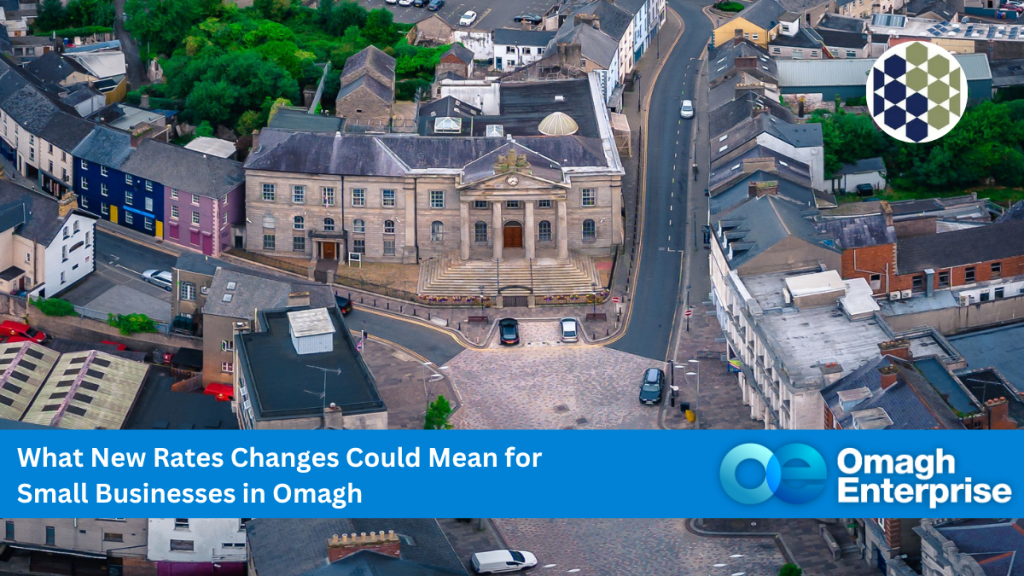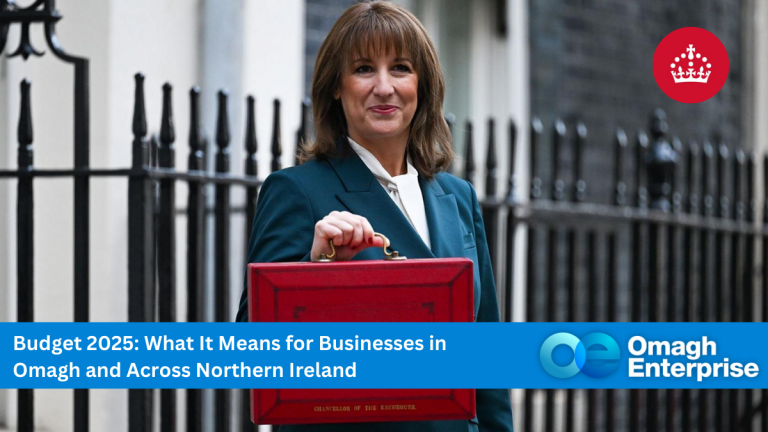Finance Minister John O’Dowd has outlined plans to accelerate the strategic review of business rates — a move that could have a direct impact on local businesses across Omagh and the wider Fermanagh & Omagh district.
Speaking at the Assembly, the Minister confirmed that every strand of rates support will be reviewed by the end of the 2027/28 rating year. The focus is clear: more help for small businesses, tackling high vacancy levels in town centres, and supporting new and growing enterprises.
Stronger Support for Small Business Rate Relief
Small Business Rate Relief (SBRR) currently supports around 30,000 businesses — including many in Omagh — but the scheme hasn’t changed since 2012. The Minister signalled that improved support is coming, with a public consultation expected before the New Year.
He emphasised the importance of small businesses as the backbone of the local economy, providing jobs and stability for families and communities. Any enhancement to SBRR would be especially welcome for Omagh’s independent retailers, start-ups, and micro-businesses facing rising operating costs.
Tackling Vacancy Levels in Town Centres
Vacancy remains a big issue in many towns, including Omagh. The review highlighted the need to directly address long-term empty properties that can hold back regeneration and footfall.
To encourage property use and revitalisation, the Minister intends to increase the Non-Domestic Vacant Rating liability from the current 50% to 75%, and eventually 100%. This change could generate up to £20m across central and local government, while potentially driving efforts to bring empty units back into use.
A More Progressive Rating System
Overall, the goal is to create a fairer and more progressive rating system that supports growth, encourages start-ups, and strengthens local communities. With public finances under pressure, the Minister aims to redirect savings from certain areas of the rating system into new support for the businesses that need it most.
For Omagh businesses, this means now is a good time to stay informed, engage with the consultation process, and help shape how future support is delivered.
As more details emerge, we’ll share updates on how these changes could affect local enterprises, high-street regeneration, and opportunities for business growth across the district.




